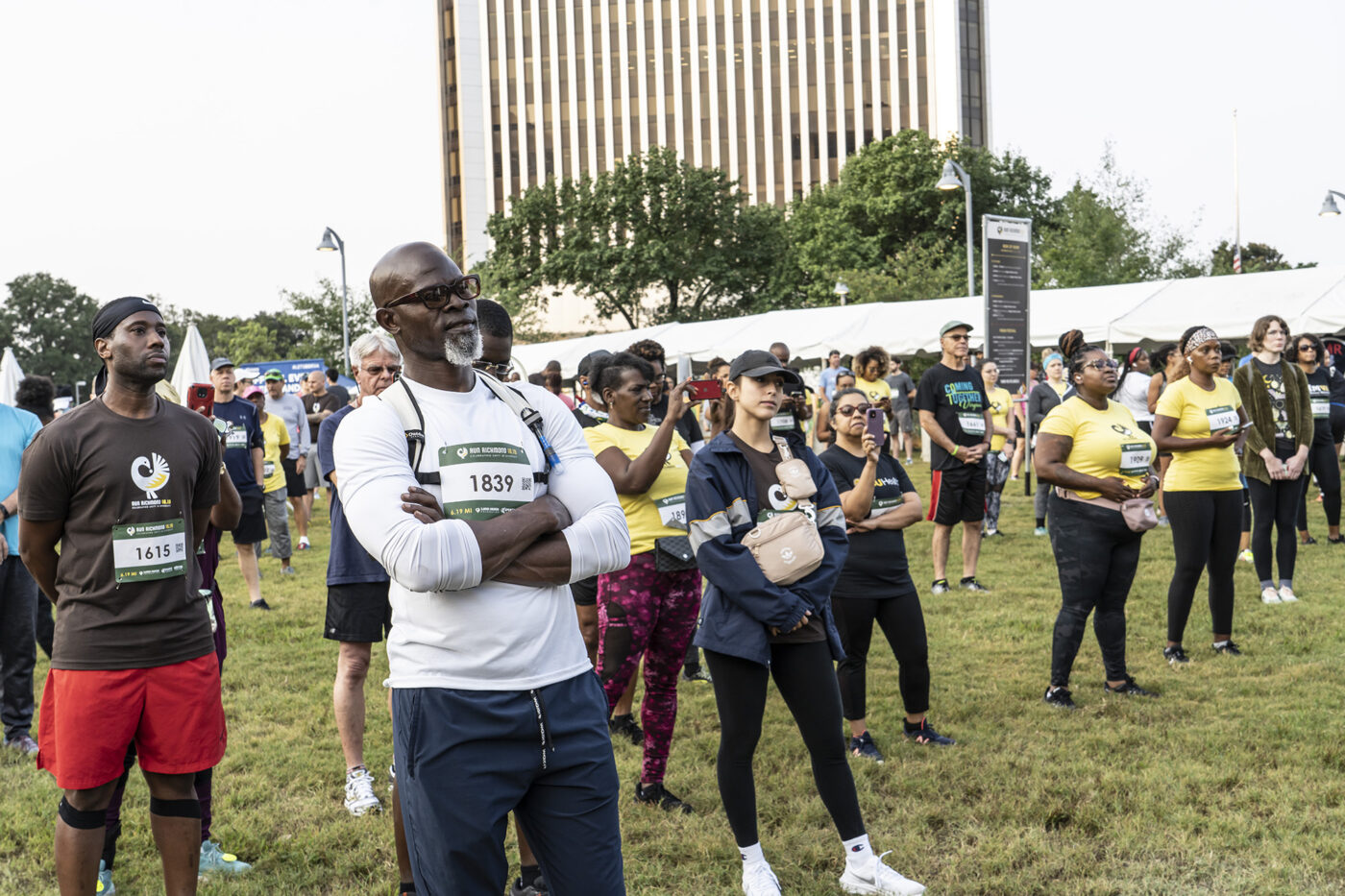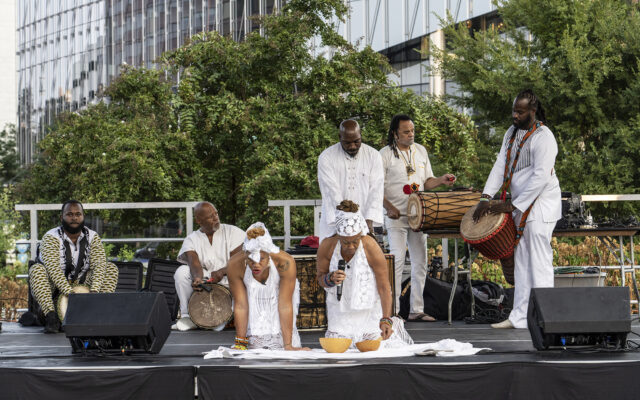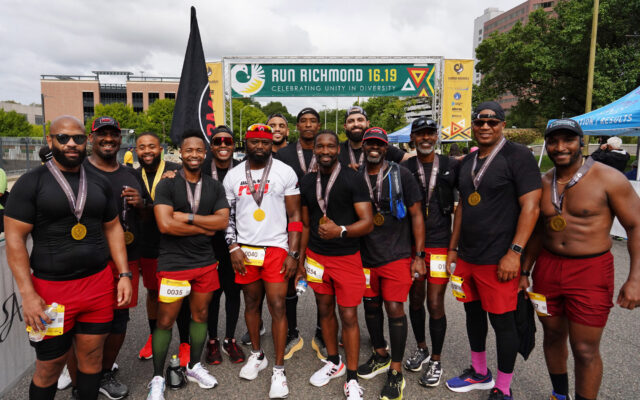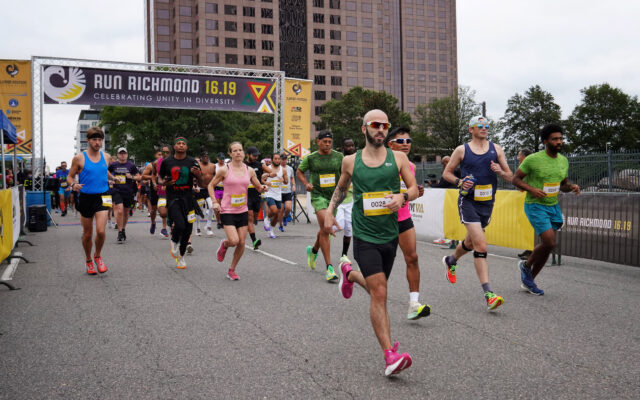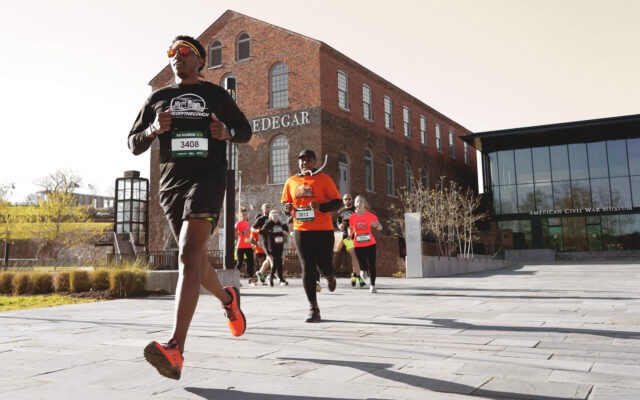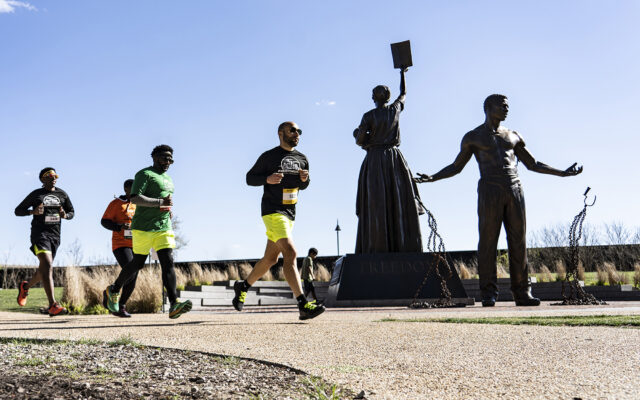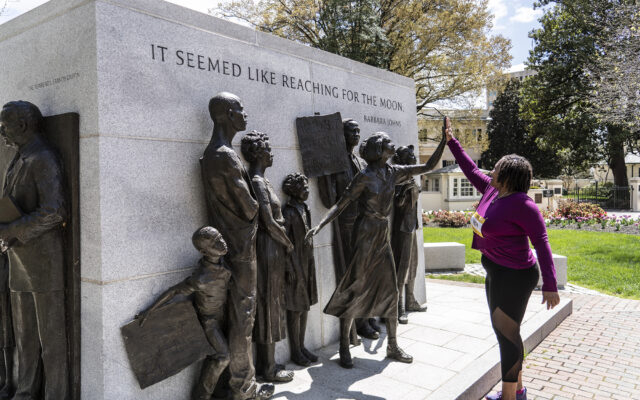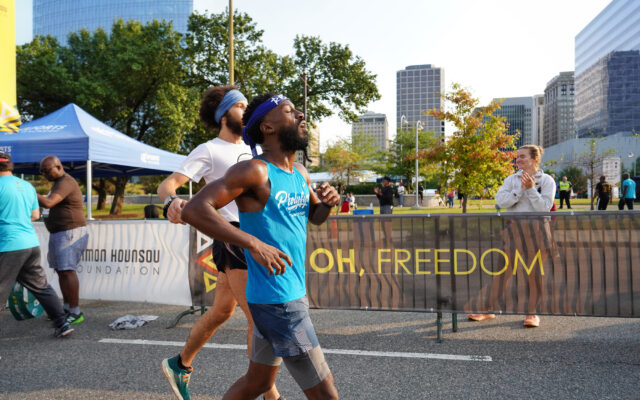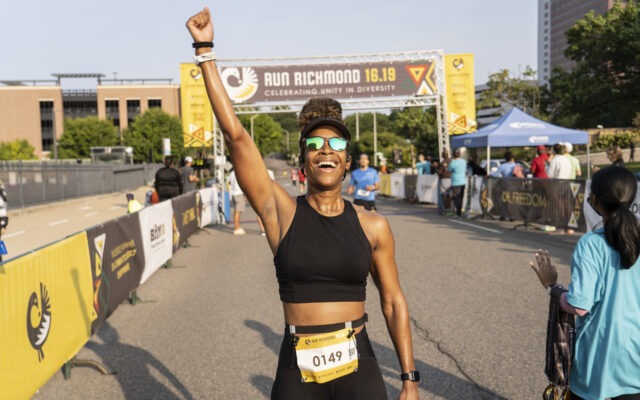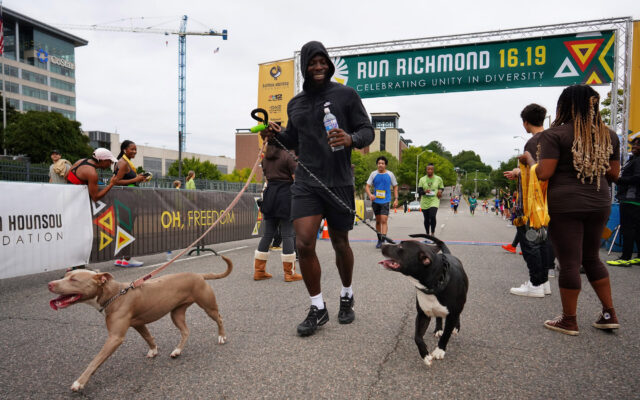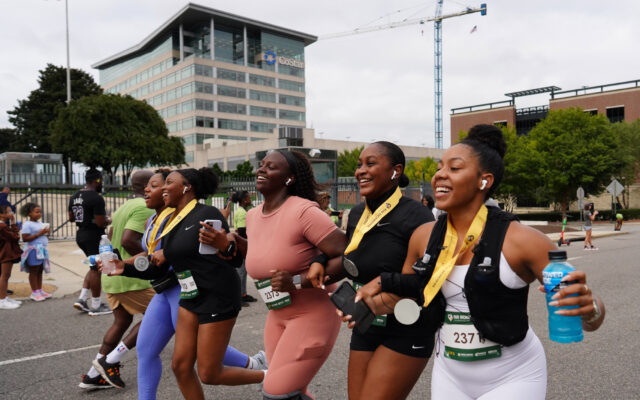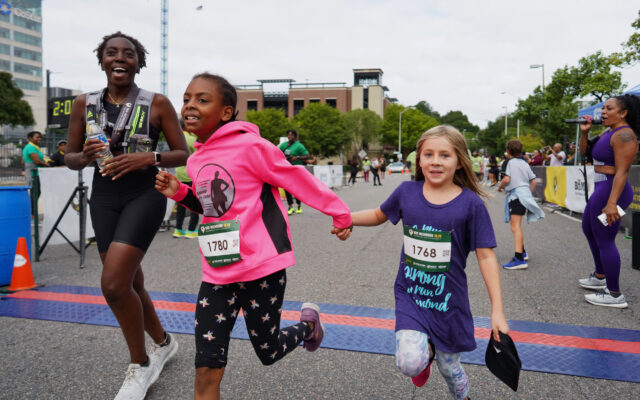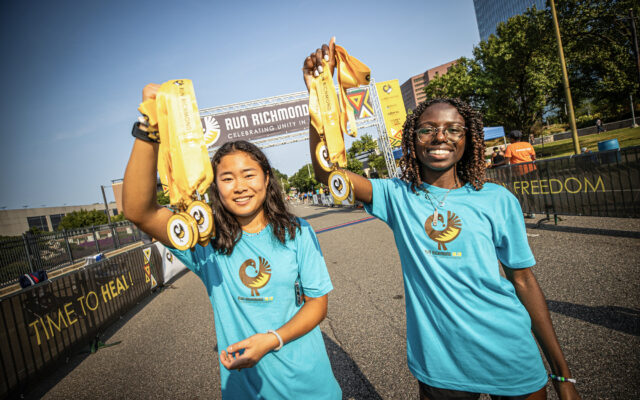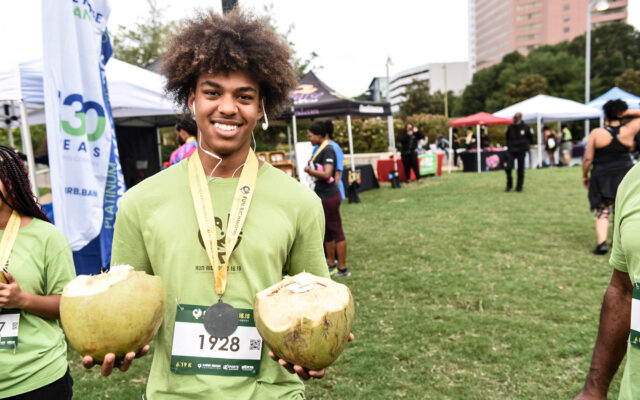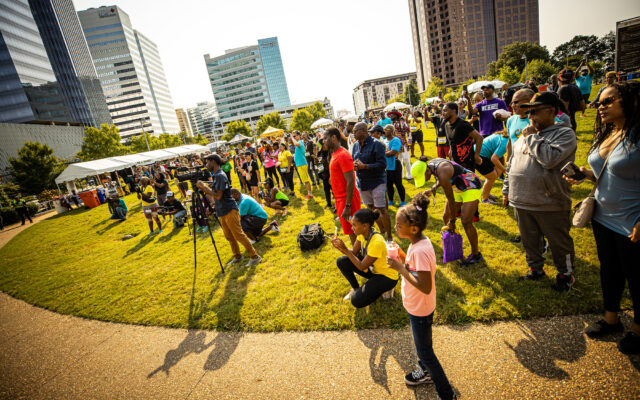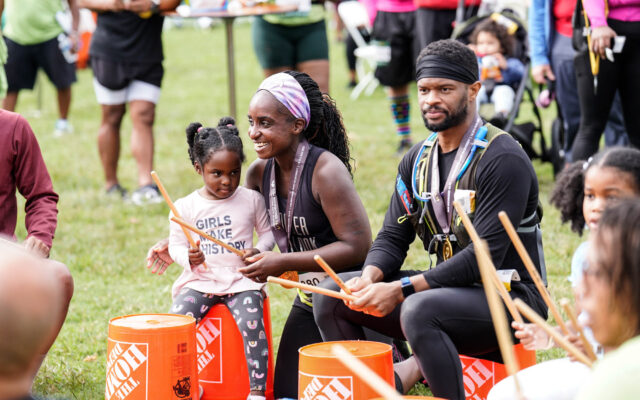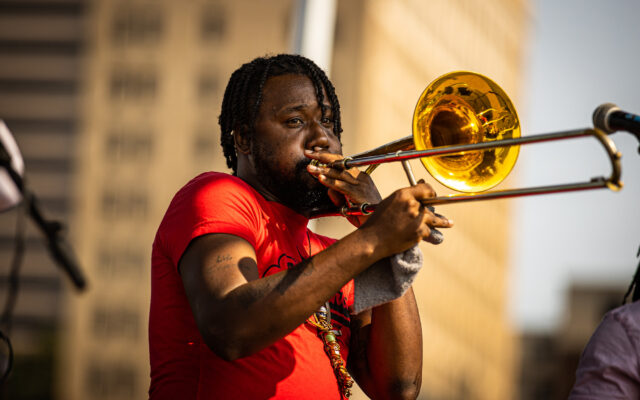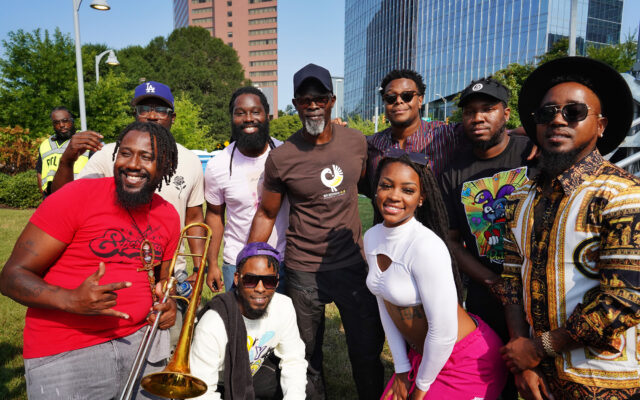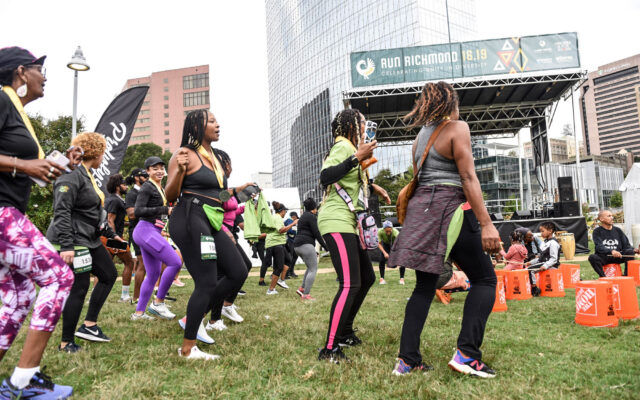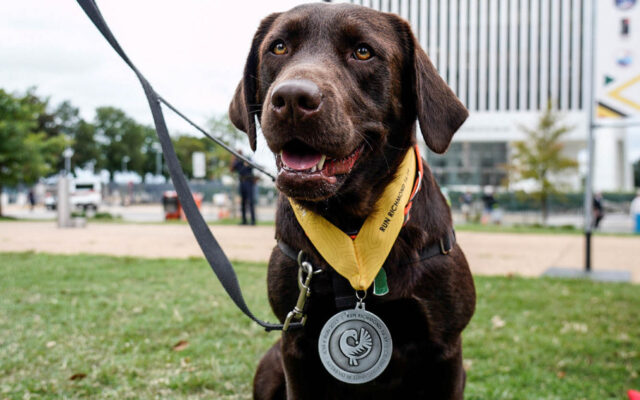About the Event
A warm welcome to the 3rd edition of RUN RICHMOND 16.19, the cultural run-or-walk event that lets you experience more than 400 years of Black history, a history you’ll be able to see, touch, and feel.
Our nonprofit, the Djimon Hounsou Foundation, is organizing this event in close collaboration with the Black History Museum & Cultural Center of Virginia, Sports Backers, and over 35 community partners.
Location & Date:
- Richmond, Virginia | Sat, Sep 21, 2024 (8 – 2PM)
Distances & Prices:
- 6.19K Run/Walk: currently $45 – prices will increase on August 1st
- 16.19K Run: currently $95 – prices will increase on August 1st
- Runner & walkers welcome!
Race courses include:
- Free audio app narrated by 2-times Oscar-nominated actor Djimon Hounsou
- Black History signs along the race courses + educational videos
Ticket prices include:
- Finisher medal, race t-shirt, race bib.
- Free attendance to TIME TO HEAL, our pre-event on Fri, Sep 20, 2024.
- Free attendance to AFRICA RECONNECT, our post-race festival.
- Free ticket to The Valentine museum for the entire weekend.


Our vision for RUN RICHMOND 16.19 is to commemorate the sacrifices and achievements our African American brothers & sisters have made to our nation and celebrate Unity in Diversity.

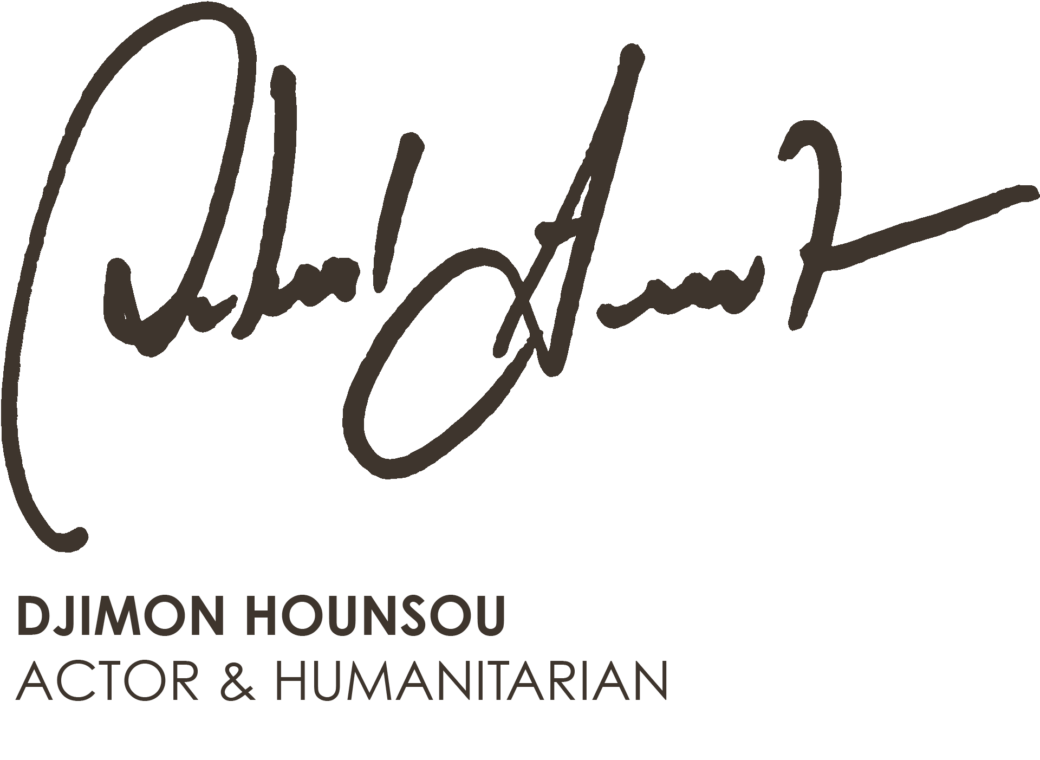
Djimon Hounsou Foundation presents
16.19K Run
16.19 kilometers | 10.06 miles
This symbolic course of 16.19 kilometers (10 miles) lets you experience +400 years of Black History on a unique running course through Richmond.
- Event Date: Sat, Sep 21, 2024
- Start/Finish: Kanawha Plaza, Richmond, VA
- Start Time: 8:00 AM
- Minimum Pace: 18 min/mile (3.3 mi/h | 5.4 km/h)
Djimon Hounsou Foundation presents
6.19K Run/Walk
6.19 kilometers | 3.85 miles
Our short distance of 6.19 kilometers (3.85 miles) is the ideal choice to run or walk with your entire family.
- Event Date: Sat, Sep 21
- Start/Finish: Kanawha Plaza, Richmond, VA
- Start Time: 8:45 AM
- Minimum Pace: 36 min/mile (1.7 mi/h | 2.7 km/h)
Note: Our cut-off-times are walker-friendly. Unless you’re on crutches, you’ll make it!
Allianz presents
TIME TO HEAL
Time to Heal, presented by Allianz is a free community event that sets the intentions for RUN RICHMOND 16.19 through breath, meditation, and movement.
- Friday, September 20 | 5:00 – 8:00 PM
- Main Street Station, The Shed
FREE EVENT. Additional registration required.


